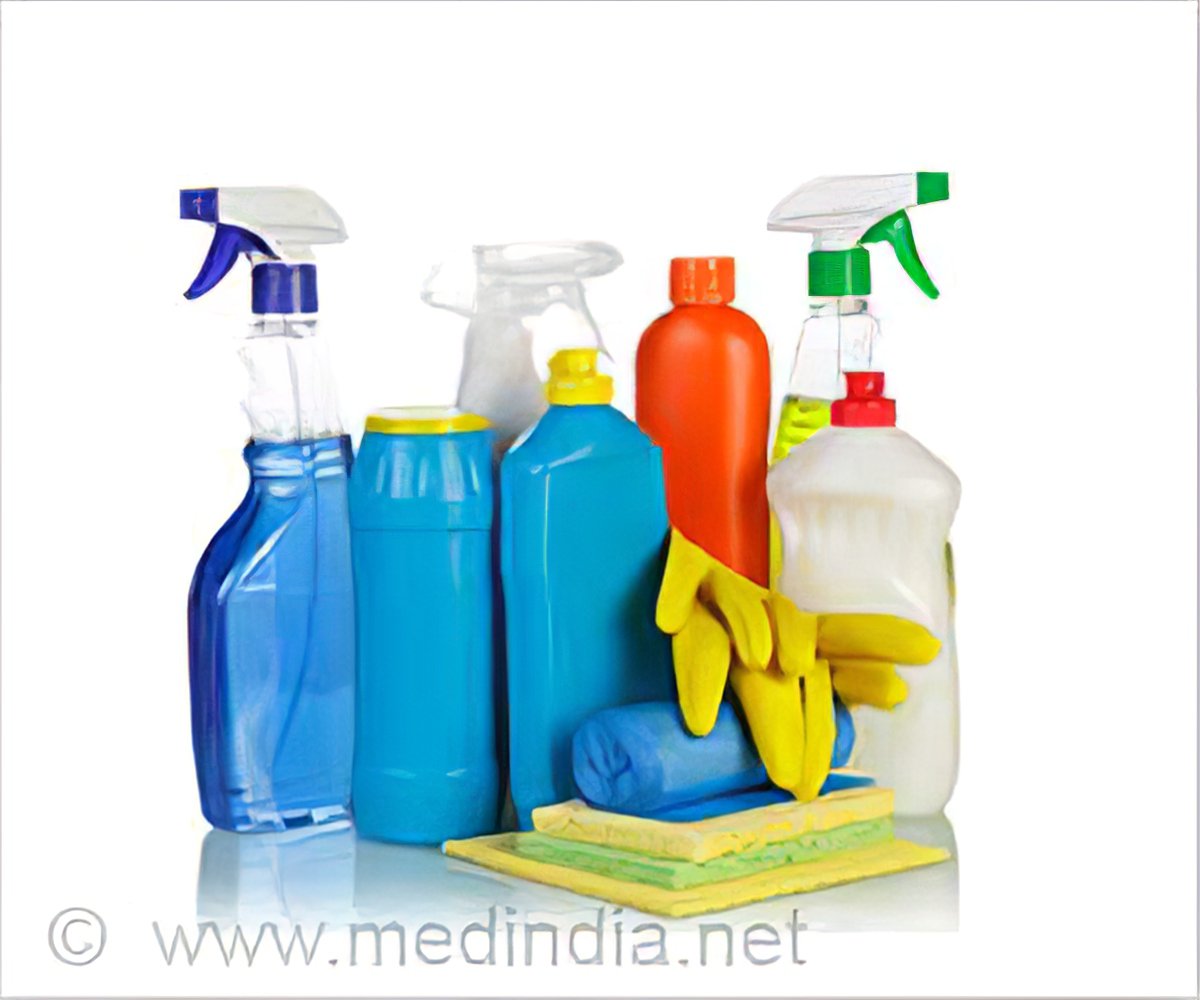Which of the Following Household Products Is Potentially Hazardous
If the product is at least 5 ammonia it has to be labeled as poisonous. Which of the following is a potentially harmful household product.

Is Your Home Parrot Safe Some Detergents And Household Products We Commonly Use In Our Homes Can Be Hazardous Products For Birds Ev Pet Bird Parrot Pet Parrot
Which of the following household products is potentially hazardous.

. Automotive products All fuel and fluids that you. The contents of foggers can be flammable. Ask about the.
Which of the following household products is potentially hazardous. Contact authorities on hazardous household materials such as the American Red Cross or the Environmental Protection Agency for information about potentially dangerous household products and their antidotes. Household Hazardous Waste HHW EPA considers some leftover household products that can catch fire react or explode under certain circumstances or that are corrosive or toxic as household hazardous waste.
Products such as paints cleaners oils batteries and pesticides can contain hazardous ingredients and require special care when you dispose of them. Everyone uses hazardous chemicals in the home. Hazardous products can be dangerous to our health wildlife and waterways if not disposed of safely.
Like insecticide and pet flea and tick products household foggers or bug bombs contain many of the same pesticide chemicals such as pyrethrins permethrin and methoprene. National Library of Medicine maintains TOXNET the Toxicology Data Network. Shelves of potentially hazardous household waste including paints stains spray paints and cleaning products.
Toxic chemicals like benzaldehyde camphor ethyl acetate benzyl acetate linalool acetone and methylene chloride can when inhaled cause dizziness nausea drowsiness irritation to throat eyes skin and lungs kidney damage and. Which of the following statements best describes the relationship between the environment and human health. The Federal Hazardous Substances Act FHSA requires precautionary labeling on the immediate container of hazardous household products to help consumers safely store and use those products and to give them information about immediate first aid.
You can die from almost anything in your home. All of the above bleach solvents and paint is potentially hazardous. All of the above.
However in homes built prior to 1990 it may be found in plaster insulation boilers vinyl floor tile glazing compound pipe covers caulking compounds roofing materials drywall board and taping compounds flooring many adhesives fireproofing insulation and exterior siding materials. Products containing chlorine bleach or ammonia are reactive and will say on the back label do not mix. There are many different kinds of hazardous reactions.
Mina 271 1 year ago. These include products such as household clean-ers paints and solvents pesticides automotive products hobby supplies and batteries. In a home the most common reactive products are chlorine bleach and ammonia.
Which of the following household products is potentially hazardous. When these chemicals are no longer needed they are classified as household hazardous waste. ALL OF THE ABOVE.
In fact most household accidents result in death. Ac-cording to national estimates each home gener-. Additionally the Health Resources Services Administration recommends.
The most harmful household product in my opinion would have to bleach. Updated 306 days ago5302021 113948 PM. Keep all chemicals household cleaners medicines and potentially poisonous substances in locked cabinets or out of the reach of children.
This answer has been confirmed as correct and helpful. Which of the following statements best describes the relationship between the environment and human health. Which of the following household products is potentially hazardous.
Exposure to these chemicals could cause burning in your eyes or your skin or can result in breathing problems. Asked 306 days ago5302021 102229 PM. Bleach solvents and paint are potentially hazardous.
Hazardous Products in Your Home. The CDC recommends keeping toxic products in their original packaging and storing them out of sight and out of reach of curious children. Bleach solvents and paint are potentially hazardous.
A PHF is a food that. If ingested you will have to have your stomach pumped and if not treated correctly it could lead to death. Contains moisture - usually regarded as a water activity greater than 085 Contains protein The potentially hazardous foods are the food and food products which contain all the intrinsic factors to support the growth of pathogens.
All of the above Weegy. Log in for more information. The Household Hazardous Waste Facility is a place for Allen County residents to dispose of unwanted household products that are toxic.
Cliffffy4h and 3 more users found this answer helpful. A bleach B cosmetics C paint D solvents E all of the above. Household products Some common culprits include oven and drain cleaners bug killers and sprays mouse poison and weed killers these are all too hazardous for the trash.
Ammonia is found in a variety of household cleaners kitchen bathroom floor oven glass and polishers. Pool and spa chemicals. All of the above Weegy.
A study by the Environmental Protection Agency found that potentially hazardous chemicals can commonly be found in fragrances. ALL OF THE ABOVE. Asbestos is rarely used today in home building materials.
Slight knowing how to handle these products and how to react during an emergency can reduce the risk of injury. Are Household Cleaners Hazardous. According to TOXNET short-term exposure to.
If these products are accidentally mixed they produce toxic gases. The answer is D all of the above All the answer choices contain hazardous chemicals that are toxic to humans.

Household Cleaning Products Are The Most Commonly Used Hazardous Products In The House These Products Can Be Ov Cleaning Household Cleaning Bottles Decoration

Top 7 Health Risks Of Household Chemicals

Majority Of Chemicals In Household Products Have Never Been Independently Tested Cleaning Cleaning Chemicals Natural Cleaning Products